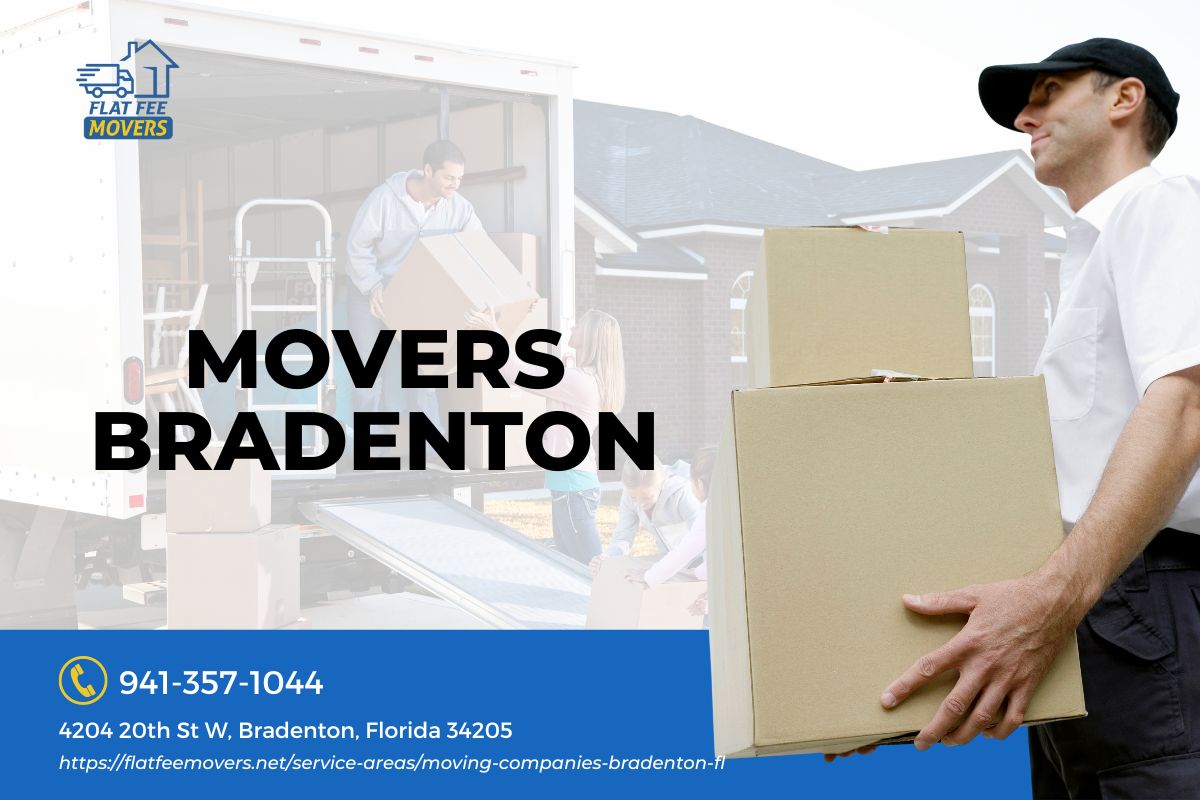


Introduction
Relocating a business can be a stressful and overwhelming task. There are numerous factors that need to be considered to ensure a smooth and successful move. In this article, we will discuss the key factors that every business owner should keep in mind when planning a commercial move. From finding reliable movers to managing logistics, we will cover it all. So, let's dive in and explore the essential aspects of commercial moves!
Hiring Professional Movers
Why hiring professional movers is crucial for your commercial move
When it comes to relocating your business, hiring professional movers is essential. They have the expertise and experience required to handle the complexities of commercial moves. Professional movers understand the specific needs of businesses and can minimize downtime during the relocation process.
The benefits of hiring local movers Bradenton
If you are based in Bradenton, it's advisable to hire local movers who are familiar with the area. Local movers Bradenton have extensive knowledge of the city's layout, traffic patterns, and regulations. This can significantly streamline your relocation process and ensure timely delivery of your belongings.
How to choose the right moving company for your commercial move
Selecting the right moving company is crucial for a successful commercial move. Here are some factors to consider when choosing a moving company:
https://www.google.com/search?kgmid=/g/11g0g60hn2 Experience: Look for a moving company with years of experience in handling commercial moves. Reputation: Research online reviews and ask for recommendations from other business owners. Insurance coverage: Ensure that the moving company has adequate insurance coverage to protect your valuable assets. Services offered: Check if the moving company provides specialized services such as packing, unpacking, and furniture assembly.Planning Your Commercial Move
Creating a detailed relocation plan
A well-structured relocation plan is vital for minimizing disruptions and ensuring a smooth transition. Here are some key steps to include in your relocation plan:
Establish a timeline: Determine a realistic timeline for your move, considering factors such as lease expiration and the availability of new premises. Assign responsibilities: Delegate tasks to team members to ensure everyone is aware of their roles and responsibilities during the move. Inventory management: Take stock of all your office equipment, furniture, and supplies to determine what needs to be moved and what can be discarded or donated. Communication strategy: Develop a communication plan to keep your employees, clients, and suppliers informed about the relocation process.Assessing the logistical requirements of your commercial move
Logistics play a crucial role in the success of any commercial move. Consider the following logistical aspects:
Space requirements: Evaluate if your new premises can accommodate your current workforce and allow for future growth. IT infrastructure: Plan ahead for the relocation of your IT systems, including servers, computers, and network setup. Utilities setup: Coordinate with utility providers to ensure a seamless transfer of services such as electricity, water, and internet connectivity. Transportation: Arrange for appropriate transportation options based on the size and quantity of items being moved.Managing Your Commercial Move
Minimizing downtime during the transition
Downtime can have a significant impact on your business operations and revenue. Here are some strategies to minimize downtime during the transition:
Phased moving: Consider moving departments or sections of your office in phases to ensure that essential operations can continue during the relocation process. Temporary workspace arrangements: Explore options for temporary workspaces or remote working solutions for employees who cannot work from the new premises immediately.Communicating with stakeholders
Effective communication is vital throughout the commercial move process. Keep stakeholders informed about important updates and changes:
Internal communication: Regularly update your employees about the relocation process, including timelines, packing instructions, and any changes to working arrangements. External communication: Inform clients, suppliers, and other external stakeholders about your move well in advance to minimize any disruptions in service.FAQs
Q: How far in advance should I start planning my commercial move?- A: It's advisable to start planning your commercial move at least 3-6 months in advance to ensure a smooth transition.
- A: Consider donating or disposing of items that are no longer required to streamline the moving process and reduce clutter in your new premises.
- A: Yes, involving employees in the planning process can help gather valuable insights and ensure a smooth transition for everyone involved.
- A: Work with your IT department or an external IT specialist to safely pack and transport sensitive data, ensuring proper security measures are in place.
- A: Yes, consult with legal advisors to understand any legal obligations or requirements associated with your commercial move.
- A: In some cases, you may be eligible for tax deductions on certain relocation expenses. Consult with an accountant to understand the specific regulations applicable to your situation.
Conclusion
Relocating your business is a complex process that requires careful planning and execution. By considering the key factors discussed in this article, such as hiring professional movers, creating a detailed relocation plan, and effectively managing logistics, you can ensure a successful commercial move. Remember to involve your employees, communicate with stakeholders, and minimize downtime to make the transition as smooth as possible. Good luck with your commercial move!